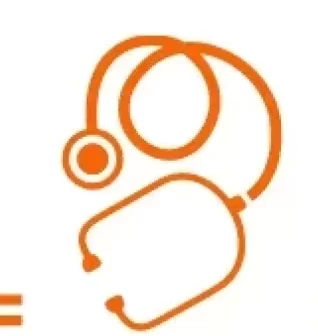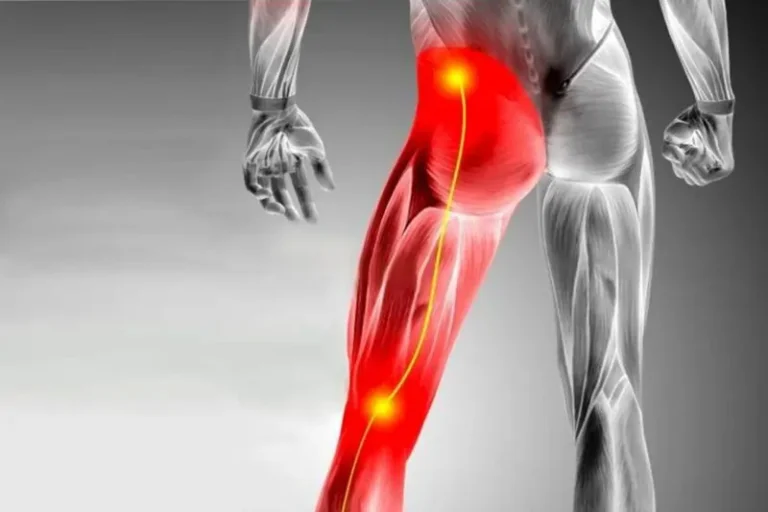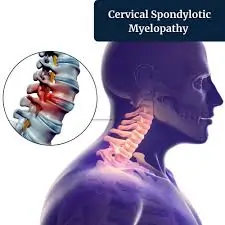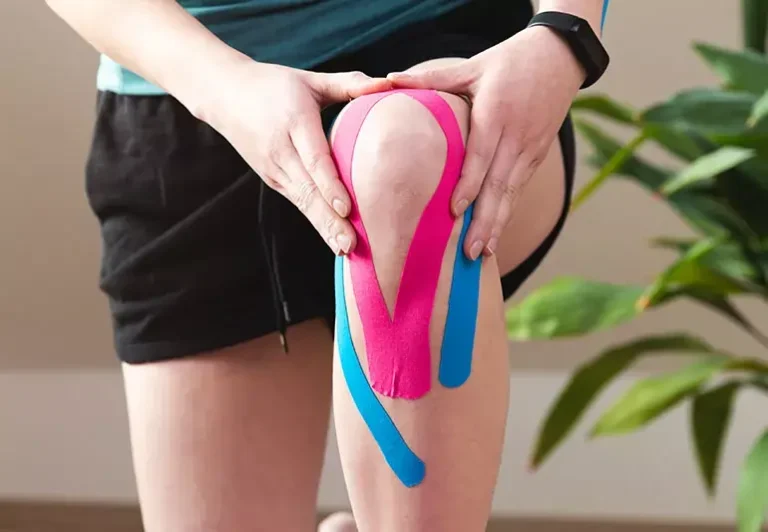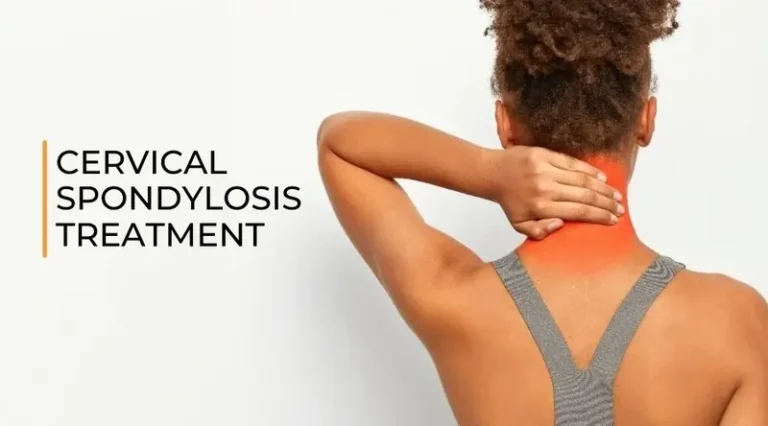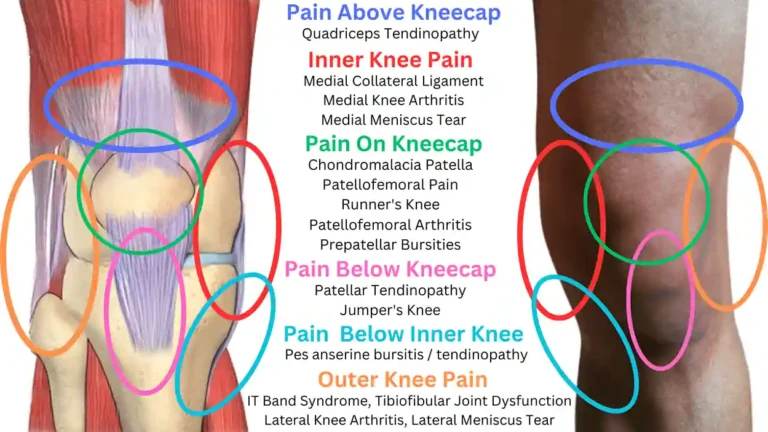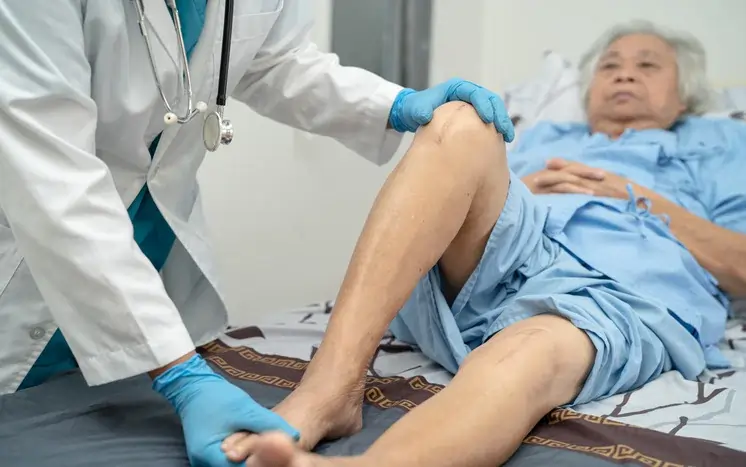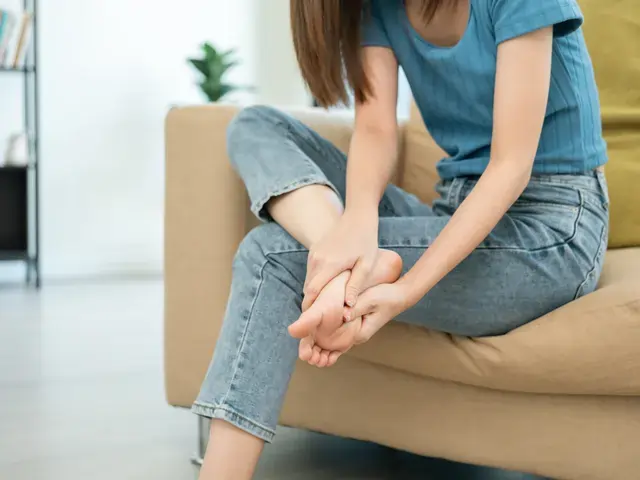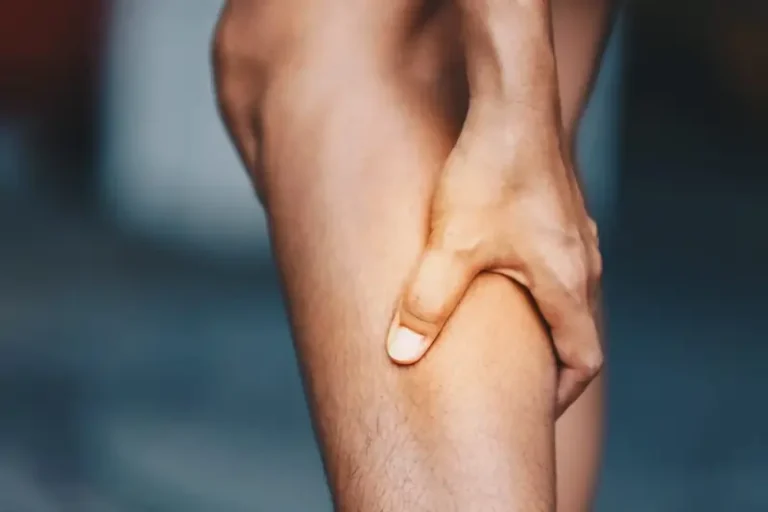Can Knee Pain Cause Sciatica?
Introduction Sciatica usually does not result from knee pain. Pain, tingling, or numbness along the sciatic nerve, which extends from the lower back through the legs, are symptoms of sciatica. Lower back, buttock, thigh, and even knee pain can result from compression or sciatic nerve irritation. Your lower spine is the starting point for the…
